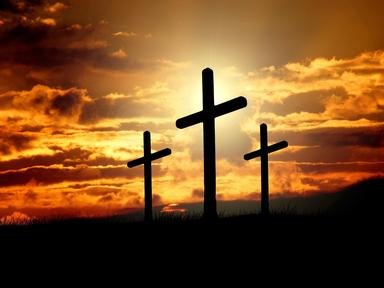Quiz Answer Key and Fun Facts
1. He was beheaded for converting to Christianity and gives his name to a London railway station
2. Saint Peter's brother, he lends his name to a Scottish town known as the home of golf.
3. Patron saint of lace makers, she has an area of Nottingham named after her.
4. The boy who brought Kentigern (St Mungo) hot coals for warmth gives his name to a Welsh city.
5. Saxon King of the East Angles, his final resting place is a Suffolk town.
6. The first British saint lends his name to a city in Hertfordshire.
7. Wife of King Malcolm III lends her name to the third largest settlement in the Orkneys.
8. The patron saint of Wales has the smallest city in UK named in his honour.
9. Patron saint of Ireland, he gives his name to an island off the coast of Isle of Man.
10. Armenian physician lends his name to a Cornish town.
Source: Author
480154st
This quiz was reviewed by FunTrivia editor
looney_tunes before going online.
Any errors found in FunTrivia content are routinely corrected through our feedback system.

